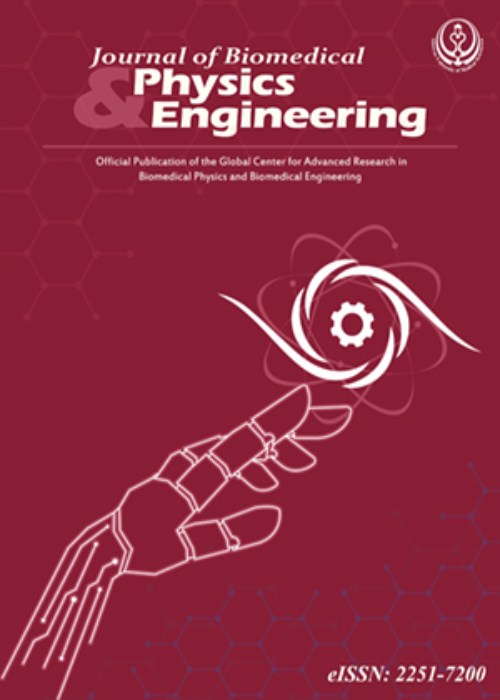Gold-Curcumin Nanostructure in Photothermal Therapy on Breast Cancer Cell Line: 650 and 808 nm Diode Lasers as Light Sources
Au nanoparticles (AuNPs) exhibit very unique physiochemical and optical properties, which now are extensively studied in a range of medical diagnostic and therapeutic applications. AuNPs can be used for cancer clinical treatment with minimal invasion. On the other hand, curcumin is a polyphenol derived from turmeric which is used for medical purposes due to its anti-cancer, anti-microbial, anti-oxidant and anti-inflammatory properties. Despite these potential properties of curcumin, its usage is limited in medicine due to low solubility in water. Conjugation of curcumin to AuNPs (Au-Cur nanostructure) can be increasing its solubility. Photo-thermal therapy (PTT) is a novel kind of cancer treatment which involves two major components: laser and photo-thermoconversion agents.
Here, diode lasers emitting 808 nm and 650 nm were utilized as light sources, and synthesized Au-Cur nanostructure was applied as a photo-thermo conversion agent. UV-vis absorbance spectroscopy and dynamic light scattering (DLS) were applied to study the maximum absorption of particles, size stability of the samples and their zeta potential. The synthesized Au-Cur nanostructure under irradiation of laser is used for PPT on 4T1 cells. The cytotoxicity activity of Au-Cur nanostructure and laser irradiation on 4T1 cells was evaluated by MTT assay.
Synthesized Au-Cur nanostructure showed λmax at 540 nm and a mean hydrodynamic diameter of 25.8 nm. 4T1 cells were exposed to an 808 nm diode laser (1.5 W cm2, 10 min) in the presence of different concentrations of Au-Cur nanostructure. Next, 4T1 cells with Au-Cur nanostructure were exposed to diode laser beam (650 nm, 1.5 W cm2) for 10 min. The results revealed that Au-Cur nanostructure under laser irradiation of 808 nm more decreased cell viability of 4T1 cells compared to laser irradiation of 650 nm.
It was concluded that combining an 808-nm laser at a power density of 1.5W/cm2 with Au-Cur nanostructure has a destruction effect on 4T1 breast cancer cells in vitro experiments compared to laser irradiation of 650 nm.
- حق عضویت دریافتی صرف حمایت از نشریات عضو و نگهداری، تکمیل و توسعه مگیران میشود.
- پرداخت حق اشتراک و دانلود مقالات اجازه بازنشر آن در سایر رسانههای چاپی و دیجیتال را به کاربر نمیدهد.


